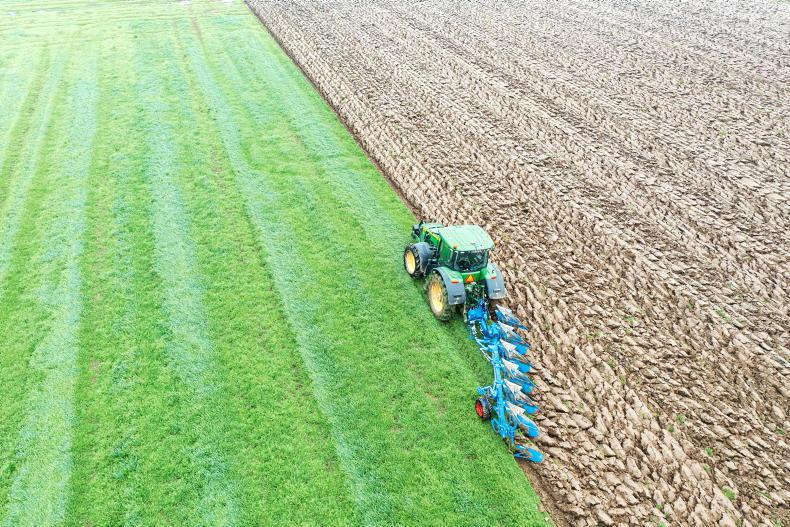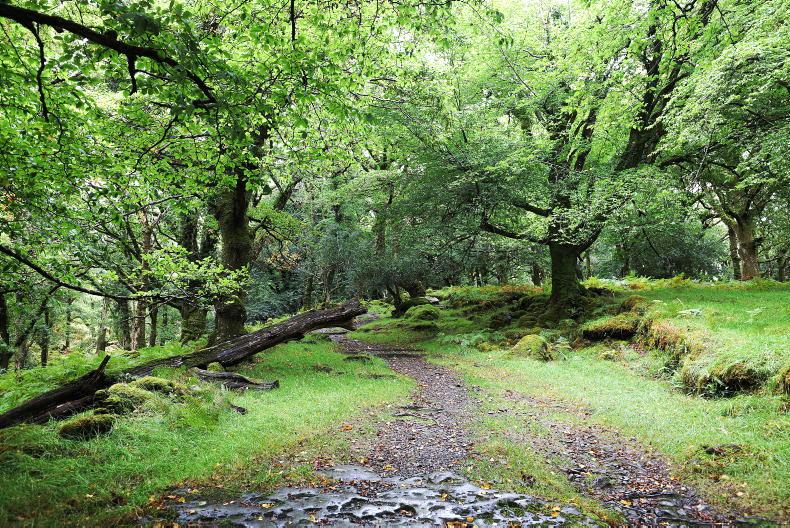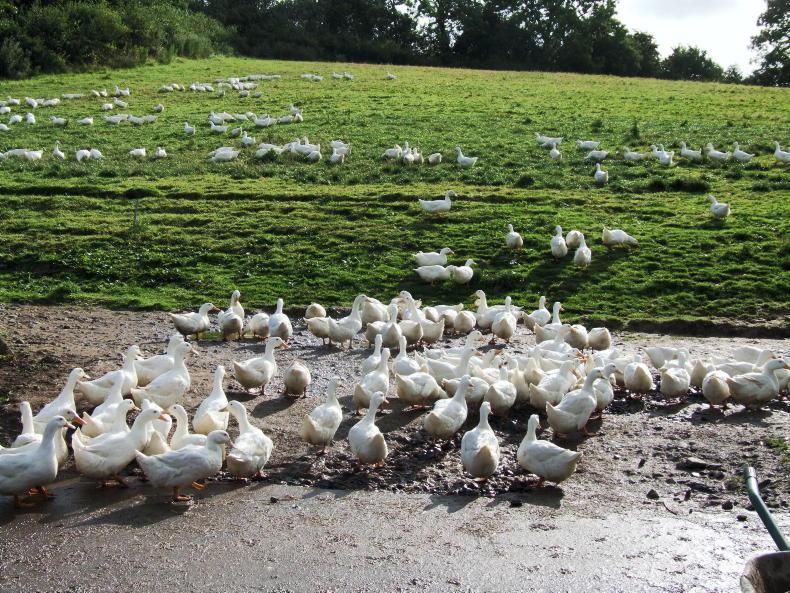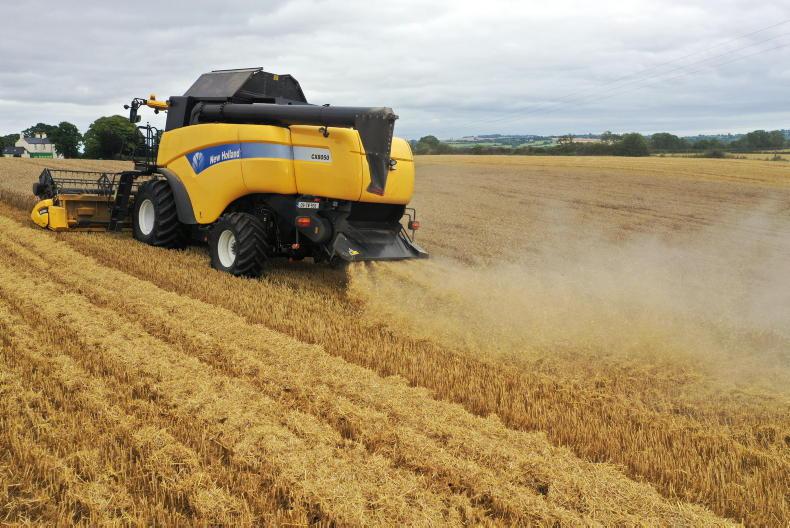The terms and conditions of the Tillage Incentive Scheme (TIS) came out on 30 March.
Farmers need to ensure they plant “eligible” crops into what the Department defines as grassland.
The crop must be harvested for grain or whole crop.
Farmers who increased their area of protein crops this year (versus last) need to be aware that they may not receive the TIS payment on all grassland which is tilled and planted.
Applicants will be assessed for payment under the scheme based on their Basic Payment Scheme (BPS) application and eligible applicants will receive a letter from the Department in June.
The farmer must have submitted an application to the BPS in 2021 or be a new entrant to farming in 2022.
Eligible crops
To qualify for the measure, there must be an increase in the total area of eligible crops grown on the holding in 2022 compared to 2021.
These eligible crops are as follows; spring or winter oats, wheat, rye, barley, oilseed rape, maize and sugar or fodder beet. Mixed cropping is not allowed according to the terms and conditions. However, crops can be under sown with grass during the growing season.
The land where these additional crops are grown must have been in what the Department define as grassland for the purposes of this scheme in the previous year.
These crops include alfalfa, clover, fallow, grass (years one to five), grassmeal, hemp for food or industrial use, lucerne, miscanthus sinensis, permanent pasture, potatoes, red clover and willow.
Farmers can plant as much land as they like under the scheme. It is subject to inspection and the Department states that crops must be sown and maintained to a “good commercial standard”.
The rate of payment is €400/ha. If the crop fails, there will be no payment under the scheme.
A farmer had 50ha of barley, wheat and oats in 2021. They ploughed 10ha of their own grass in 2022 and planted spring barley.
They will receive €4,000 in payment, as the area of eligible crops has increased and a crop has been planted into grass.
Another grower planted 15ha of spring barley into grassland, but plans to reseed a different 12ha with grass in early May. This farmer will only receive a payment for 3ha – €1,200.
A farmer planted 12ha of winter wheat into grass in autumn 2021. This brought the total area of eligible crops from 108ha in 2021 to 120ha in 2022. The remaining crops are winter barley and spring barley.
This farmer will be paid €4,800 under the TIS for the 12ha planted into grassland.
A grower rented an additional 10ha of grassland. This was sown to spring barley on 26 March. Prior to that, the decision was made to plant more beans, because there was already an incentive to grow beans for protein and less nitrogen would be required.
Now that the terms and conditions are known, the decision to plant a bigger protein area takes away from the extra area planted after grass.
The additional 10ha of beans will be included in the protein aid scheme, which now has a minuimum €300/ha payment – roughly the same payment as last year.
There is an additional 10ha in tillage on the farm, but the extra 10ha is offset by the additional 10ha of beans planted because these are not one of the eligible crops under the scheme.
If the area sown to beans was 46ha (an additional 10ha on 2021), four more hectares would have been taken from the other crops, leaving no calculated area increase for the scheme, despite 10ha more in production (Table 1).
If 6ha of beans had been planted and 10ha of spring barley had been planted, the farmer would receive the €400/ha payment of 4ha – €1,600.
Ts and Cs
The fact that crops were planted before the Ts and Cs were published meant the decisions some farmers took in good faith have disqualified them.
In example four, the farmer expected to qualify for €4,000 from the 10ha of grassland, but instead got none of that.
The decision to grow the extra 10ha of beans brings a protein payment of €3,000, but this is before any rent is paid to access the grassland.
By comparison, the farmer in example three who planted winter wheat into grassland is rewarded for that decision made last autumn.









SHARING OPTIONS